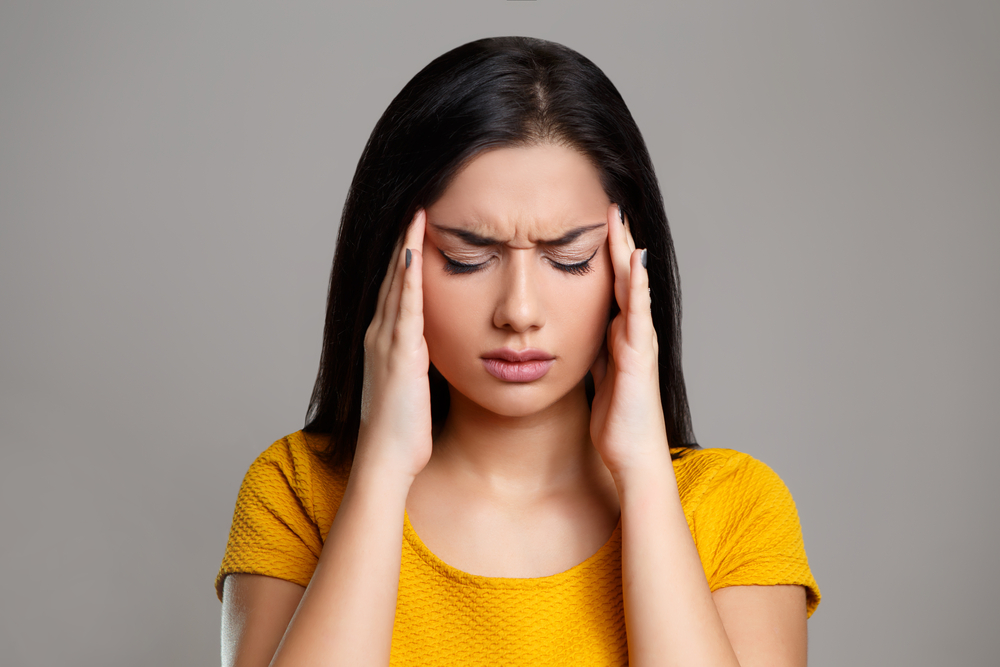The Ultimate Comprehensive Guide to Managing Migraine Headaches Effectively
This comprehensive guide provides detailed insights into migraine types, symptoms, triggers, and effective management techniques. Learn how to identify, prevent, and treat migraines through medications, lifestyle changes, and holistic approaches to improve quality of life and reduce attack frequency. Ideal for migraine sufferers seeking practical tips and expert advice to manage their condition effectively and lead healthier, more comfortable lives.

In-Depth Strategies for Understanding and Managing Migraine Headaches
Migraine is a complex neurological disorder characterized by intense, pulsatile head pain that can affect one side or both sides of the head. This condition often involves a series of symptoms, including nausea, vomiting, and heightened sensitivity to light and sound, which can significantly disrupt daily routines and diminish quality of life. Effective headache management requires a deep understanding of the different types of migraines, their underlying causes, and various treatment approaches that help reduce frequency and severity. This detailed guide aims to educate sufferers on how to identify, prevent, and treat migraines, providing strategies to regain control over their health and well-being.
Understanding the Different Types of Migraines
Migraine without aura
Also known as common migraine, this variant is characterized by recurrent headache episodes lasting anywhere from 4 to 72 hours. Typically, the pain is pulsating or throbbing, predominantly affecting one side of the head, although it can be bilateral. Patients often report that physical activity exacerbates the pain, making routine tasks difficult. Associated symptoms frequently include nausea, vomiting, and sensitivity to light (photophobia) and sound (phonophobia). Recognizing these symptoms early can help in managing attacks effectively and preventing their progression.
Migraine with aura
This type involves neurological symptoms that precede or accompany the headache phase. Aura manifestations include visual disturbances such as flashes of light, blind spots, or zigzag lines, as well as sensory disturbances like tingling or numbness, speech difficulties, or even temporary motor weakness. These neurological symptoms are reversible and typically last from a few minutes up to an hour before the headache starts. Understanding the aura phenomenon can aid in early intervention and trigger avoidance strategies.
Chronic migraine
Chronic migraine is a more disabling form of the condition, occurring on 15 or more days per month for over three months, with at least eight days exhibiting typical migraine features. This persistent pattern can lead to significant impairment in work, social life, and emotional health. Recognizing the transition from episodic to chronic migraine is crucial for early intervention and reducing overall disease burden.
Detecting Chronic Migraine
The signs of chronic migraine mirror those of episodic migraines but are distinguished by increased attack frequency. Indicators include a higher number of headache days per month, overuse of pain medications, and persistent pain symptoms that are less responsive to standard treatments. Early detection is vital to prevent further progression and to implement more targeted and effective management strategies.
Factors that Contribute to Migraines
Multiple factors can trigger or worsen migraines. Repeated attacks often develop due to a combination of elements such as genetic predisposition, environmental triggers, lifestyle habits, and emotional or physical stressors. Common contributing factors include excessive caffeine intake, irregular sleep patterns, high stress levels, poor diet, hormonal fluctuations (especially in women), medication overuse, and exposure to certain odors or bright lights. Identifying and managing these factors can decrease attack frequency and severity.
Effective Strategies for Managing Migraine Attacks
While there is currently no universal cure for migraines, numerous approaches exist to alleviate symptoms and prevent future episodes. A combination of medication, lifestyle adjustments, and alternative therapies can substantially improve the quality of life for sufferers.
Acute Treatments: Medications administered during an attack, such as triptans, NSAIDs (non-steroidal anti-inflammatory drugs), and anti-nausea medications, aim to relieve pain and reduce associated symptoms. The prompt use of these medications at the onset of symptoms is vital for effective relief.
Preventive Medications: For frequent or severe migraines, healthcare providers may recommend preventive drugs such as beta-blockers, antidepressants, anticonvulsants, or calcitonin gene-related peptide (CGRP) inhibitors. These are taken regularly to reduce the frequency and intensity of attacks, thereby improving overall daily functioning.
In addition to medication, lifestyle modifications are crucial. Creating a stable daily routine that includes sufficient sleep, balanced nutrition, and stress management techniques such as meditation, yoga, or deep-breathing exercises can greatly influence migraine patterns. Staying hydrated and avoiding known triggers, such as certain foods or environmental stimuli, is equally essential.
For many patients, non-pharmacological approaches like biofeedback, chiropractic care, and acupuncture can serve as complementary options to aid in managing symptoms. Additionally, dark, quiet resting environments, cold packs applied to the forehead or neck, and gentle massage can provide immediate relief during an attack.
Special Considerations for Women and Hormone-Related Migraines
Women often experience hormonally driven migraines, particularly related to menstrual cycles. Hormone therapy and specific lifestyle adjustments, under medical supervision, may help mitigate these patterns. It’s important for women to track their symptoms and discuss options with healthcare providers to develop personalized treatment plans.
Supplements and Herbal Remedies
Some natural interventions, such as magnesium supplements, riboflavin (vitamin B2), coenzyme Q10, and herbal remedies like butterbur or feverfew, have shown promise in reducing attack frequency. However, always consult a healthcare professional before initiating any supplement or herbal therapy, especially if you are taking other medications or have underlying health conditions.
In conclusion, managing migraines involves a multi-faceted approach that combines medication, lifestyle changes, and holistic therapies. Early detection, trigger avoidance, and a proactive treatment plan can help sufferers regain control over their lives, minimize the impact of attacks, and improve overall health and well-being. With proper management strategies, living a migraine-free or reduced-frequency life is achievable.





